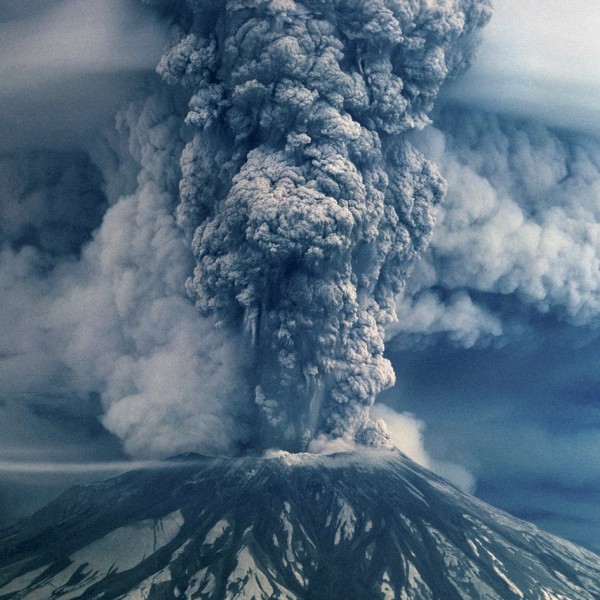While the disastrous eruption that eliminated 1,600 feet of the mountain's height and 3.7 billion cubic yards of volume didn't occur until May 18th, signs of the event were already showing in March. On March 16th, a 4.2 magnitude tremor was recorded, with another 174 tremors being recorded on the dates of March 23rd and 24th. Then on March 27th, an eruption came. Ash was blasted 10,000 feet into the air, some of the ash even making it's way 300 miles to the east towards Spokane, Washington. From these signs, authorities issued a hazard watch with a 50 mile radius around the mountain. Road access along the main roads to the area was cut off by the National Guard, but many ignored this and used the logging roads which remained unguarded.
Many if not most residents evacuated, but some didn't, such as Harry Truman. Mr. Truman, 84 years old, as well as he was not former President Truman, refused to leave, and never did. His body was later unable to be found after the eruption. He did become a popular figure at the time, and a local memorial was made for him after his presumed death.
As March passed and April came, odd activity from the mountain continued. A bulge on the north side of the mountain formed and grew larger and larger. The bulge continued to grow and then on May 18th, at 8:32 AM, it finally happened. The mountain erupted, ash being spit out of the mountain at a speed of 650 miles per hour. Of what came down from the air, including ash, rocks, and what was already present including glacial ice, sped down the mountain at a speed of 100 miles per hour. Some areas were covered in up to 150 feet of debris, with magma reaching temperatures of 1,300 degrees Fahrenheit, and flowing for miles.
The area surrounding the mountain was devastated, millions of trees were scorched and burned, nearly 200 houses and 27 bridges around the mountain were wiped out solely by mudslides, which in some areas reached up to 50 miles per hour. Furthermore, rivers throughout the area were dammed and the surrounding environment was in many cases severely damaged and destroyed. The ash cloud created by the eruption went across the state and all the way to Minnesota, spewing out of the mountain for nine hours. In total, 57 people died with 27 bodies never found. Non-human causalities among the wildlife inside the blast area include around 7,000 big game animals and roughly 12 million salmon fingerlings, juvenile fish, that were in hatcheries.
https://www.history.com/this-day-in-history/mount-st-helens-erupts
https://pubs.usgs.gov/fs/2000/fs036-00/
![Mt. Saint Helens before 1980 eruption - USGS [848 × 652] : EarthPorn](https://external-content.duckduckgo.com/iu/?u=https%3A%2F%2Fi.redditmedia.com%2FRLQ3QJWIQ5nW7I0z8uqTgxeXJXi8rknBgGzMm2OTLSQ.jpg%3Fw%3D320%26s%3Db981ce54603eb2133b5009c1ab138fff&f=1&nofb=1)


No comments:
Post a Comment
Note: Only a member of this blog may post a comment.